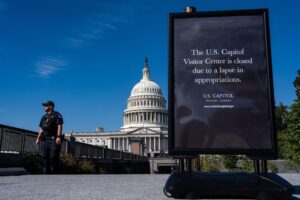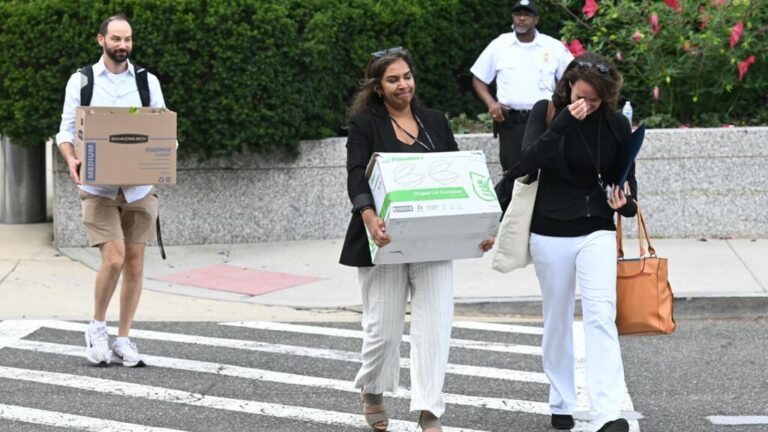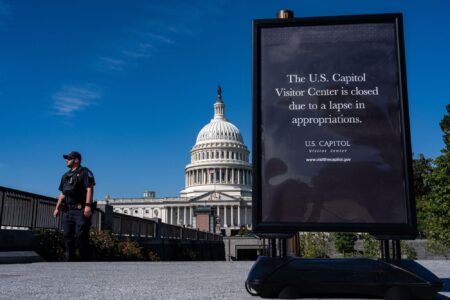U.S. State Department Layoffs Threaten the Future of Cultural Exchange Programs
Workforce Reductions Jeopardize America’s Cultural Diplomacy Initiatives
Recent staff cuts at the U.S. State Department have sparked alarm among cultural exchange advocates, signaling potential disruptions to programs that have long served as pillars of international goodwill and educational collaboration. These initiatives, which facilitate scholarships, internships, and professional exchanges, are now at risk due to shrinking personnel and budgetary constraints. Program coordinators warn that these reductions may slow recruitment, extend processing timelines, and curtail the diversity of cultural activities available. Such setbacks could diminish the United States’ influence as a global leader in cultural diplomacy and soft power projection.
Experts from academia and cultural organizations emphasize the critical need to sustain these programs despite fiscal challenges. Immediate consequences include:
- Lowered capacity to support incoming international scholars and students
- Difficulty in organizing large-scale cultural events that foster mutual respect
- Threats to existing partnerships with foreign universities and cultural institutions
Internal projections suggest a potential 20% decline in participant engagement by the next fiscal year, which could ripple through educational institutions and cultural bodies nationwide.
Concerns Mount Over International Student and Scholar Mobility
Educators and international program managers are increasingly worried that the State Department’s layoffs will disrupt established channels for global academic exchange. These programs are essential for enabling international students and researchers to study, collaborate, and develop professionally in the U.S. Reduced staffing threatens to prolong visa processing and diminish support services, potentially making the U.S. a less attractive destination for top global talent.
As one university administrator remarked, “Cultural exchange programs are more than academic opportunities—they are vital bridges connecting diverse nations.” Advocates are calling for immediate policy reforms and increased investment to preserve these pathways, highlighting risks such as:
- Visa delays affecting academic calendars
- Decreased program coordination and participant support
- Potential drops in international enrollment figures
- Broader implications for U.S. diplomatic influence worldwide
Calls for Enhanced Funding and Policy Measures to Protect Cultural Diplomacy
Industry leaders and cultural diplomacy experts urge Congress to revisit budget priorities following recent cuts that have undermined key exchange programs. These initiatives are instrumental in nurturing long-term international relationships through educational, artistic, and professional collaboration. Without sustained financial support and stable policy frameworks, the U.S. risks losing critical platforms that have historically bridged cultural divides and strengthened diplomatic ties.
Recommended actions to reinforce cultural diplomacy include:
- Boosting federal funding dedicated to diverse exchange programs
- Establishing bipartisan policies to ensure program continuity amid political changes
- Fostering public-private partnerships to supplement resources and expertise
- Implementing robust evaluation systems to quantify program impact
| Challenge | Recommended Solution |
|---|---|
| Funding Reductions | Secure dedicated congressional appropriations |
| Program Vulnerability | Enact bipartisan legislative protections |
| Limited Resources | Develop innovative collaborations with NGOs and private sector |
| Measuring Effectiveness | Adopt comprehensive data tracking and impact assessment tools |
Innovative Approaches to Sustain and Expand Global Educational Partnerships
In response to the recent staffing cuts, stakeholders are exploring creative solutions to preserve the momentum of cultural and educational exchanges. Digital platforms for virtual exchanges have gained traction, enabling students, educators, and institutions worldwide to connect despite travel limitations. These technologies not only increase accessibility but also foster inclusive participation across diverse demographics. Additionally, collaborations with private enterprises and nonprofit organizations are becoming vital to bridge funding shortfalls and maintain program operations.
To further fortify international educational networks, experts recommend diversifying funding sources and enhancing operational flexibility. Key strategies include:
- Establishing public-private joint ventures to provide financial and logistical support
- Streamlining administrative processes for rapid adaptation during crises
- Leveraging alumni networks as advocates and resource contributors
- Creating regional management hubs to decentralize oversight and reduce reliance on central agencies
| Strategy | Advantage | Key Participants |
|---|---|---|
| Virtual Exchange Platforms | Enhanced access and inclusivity | Educational institutions, Technology providers |
| Public-Private Partnerships | Financial resilience and resource pooling | Government agencies, Corporations |
| Regional Hubs | Localized program management | Consortia, NGOs |
| Alumni Networks | Advocacy, mentorship, and fundraising | Program graduates |
Conclusion: Navigating the Future of U.S. Cultural Exchange Programs
The recent reductions in State Department personnel have undeniably challenged the sustainability of America’s cultural exchange efforts, casting uncertainty over the future of international educational and diplomatic engagement. As resources and staffing dwindle, the capacity to nurture global understanding and cooperation faces significant hurdles. Experts caution that without renewed investment and strategic support, the United States risks eroding its soft power and weakening vital international relationships. The coming period will be pivotal in determining whether these essential programs can evolve and continue to serve as bridges across cultures in an increasingly interconnected world.





